Digital Camera World Verdict
Laowa makes some pretty spectacular lenses but this isn’t really one of them. It’s small and super-cute, and it’s pretty cheap too, but a combination of vignetting, below-par edge detail and that restrictive f/4 maximum aperture dent its appeal quite considerably.
Pros
- +
Small, cute and great for travel
- +
Inexpensive to buy
- +
Focuses down to 10cm
Cons
- -
Restrictive f/4 maximum aperture
- -
Strong vignetting
- -
Poor edge sharpness
Why you can trust Digital Camera World
If you’re into travel photography and vlogging you’ll want to travel light, then they don’t come much lighter than this new Laowa 10mm f/4 Cookie lens. Made for APS-C cameras, it weighs just 130g and is only 25mm deep.
Laowa describes it as the world’s widest rectilinear pancake, quoting its dimensions and its 109.3-degree angle of view – equivalent to 16mm on a full frame camera. There are plenty of lenses that go even wider than this, but not in such a small package.
You’ll be able to get this lens in black and silver versions, and while we tested it on a Sony A6000 body, it will also be available in Canon RF, Nikon Z, L-mount and Fuji X-mount versions.
Key features
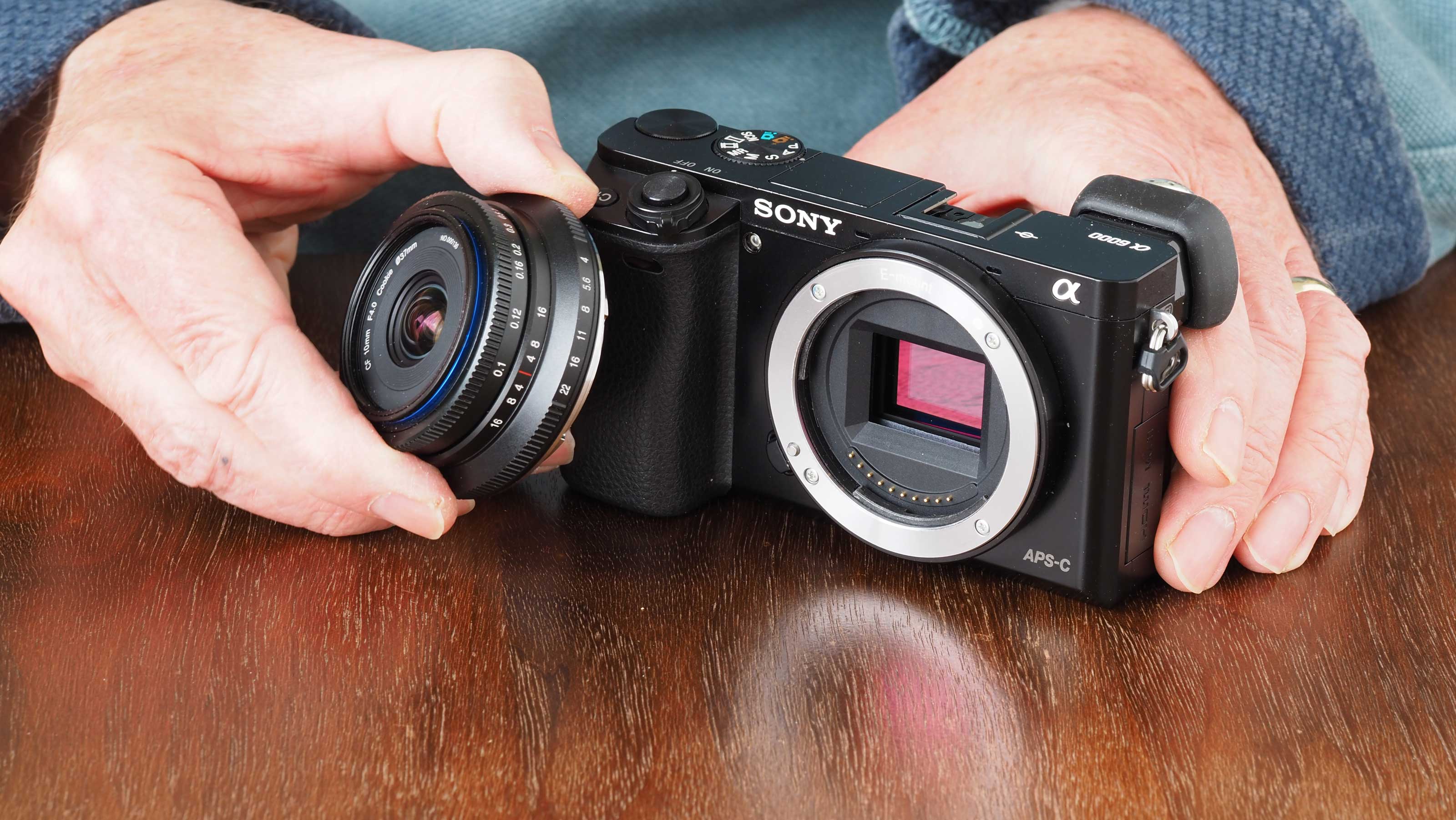
Beyond the basic specs, there’s really not too much more to say about this lens. Its optical design offers a Laowa speciality – zero distortion (or super low distortion at any rate), and without the need for digital correction profiles.
Laowa says this lens is so slim it’s almost like a body cap, perhaps referencing the Olympus 9mm body cap fisheye or the full frame Funleader 18mm cap lens.
The optical construction is pretty advanced for a prime lens, consisting of 12 elements in 8 groups, including two aspherical and four extra-low dispersion elements.
The 5-bladed diaphragm products 10-point sunstar effects, for those who like that kind of thing, and a 37mm filter thread means you can put filters on the front – though it’s so small you’ll probably need a step-down ring for your regular filters, which might start to impinge on the corners of the image.
Build and handling
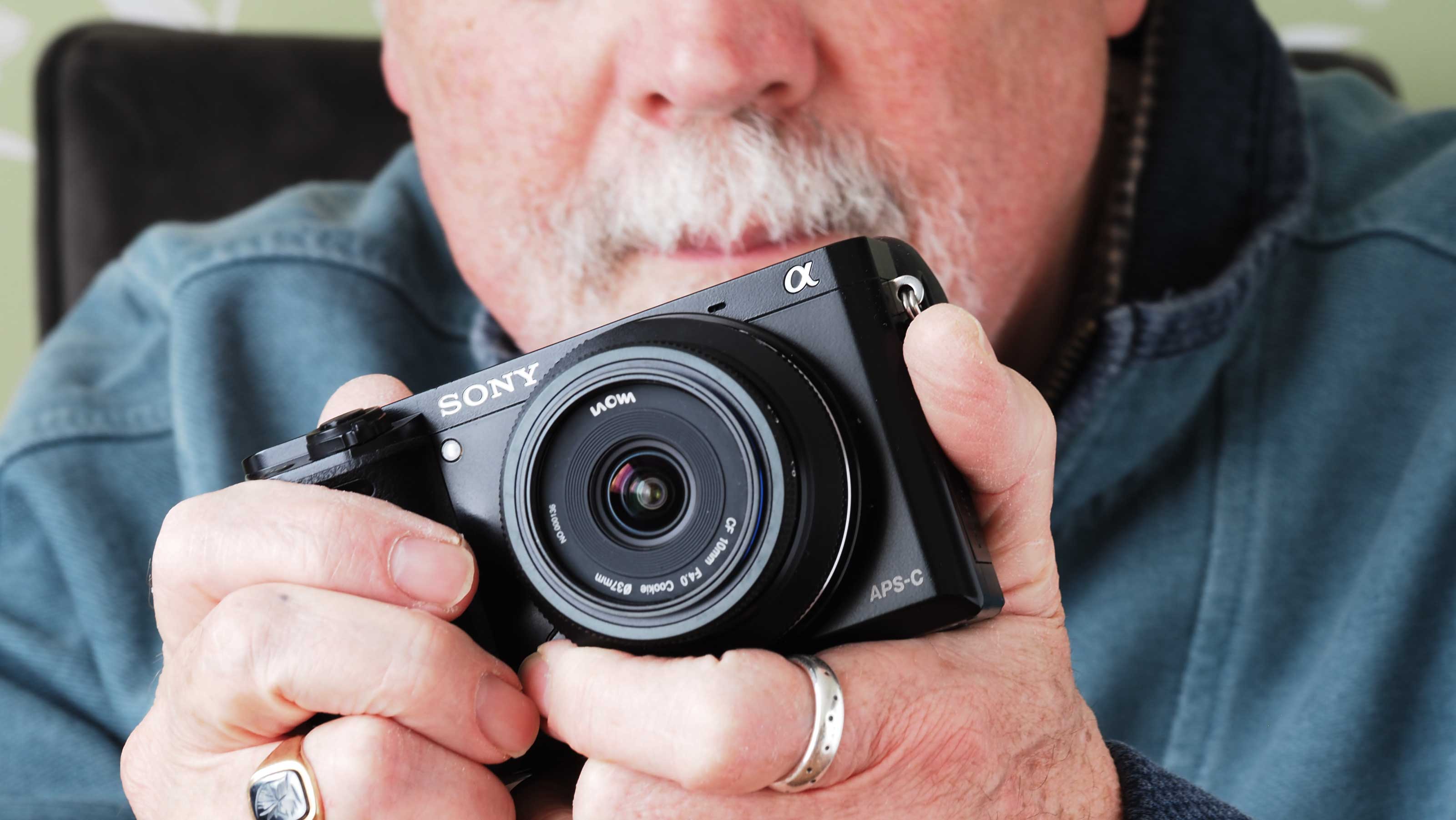
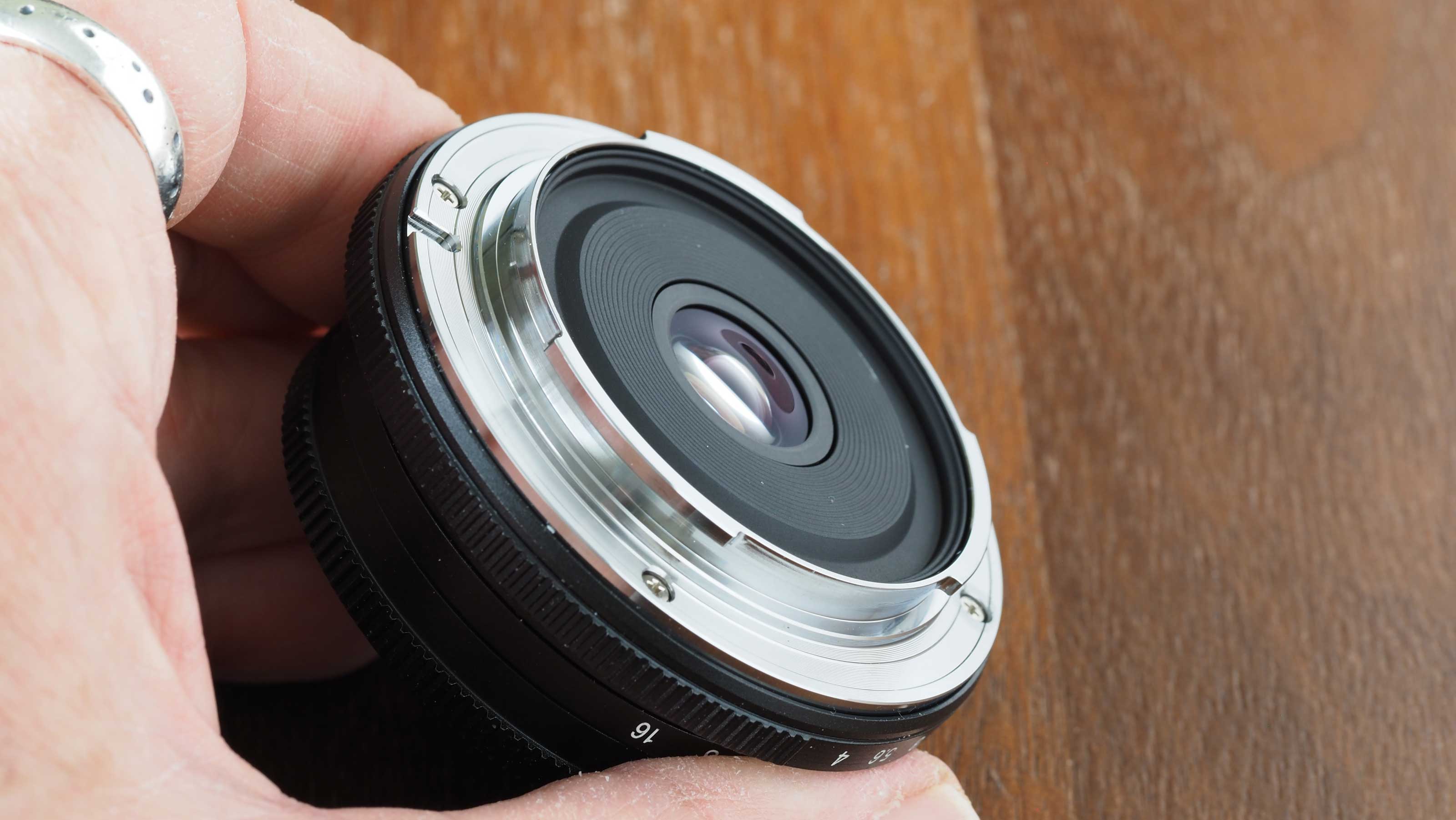
Like all the other Laowa lenses we’ve tried, this one feels extremely well made. There’s an aperture ring closest to the camera and a focus ring at the tip. Despite this lens’s small size, it still has a focus distance scale and even aperture index markings to help estimate depth of field and hyperfocal distances.
As usual with Laowa, this is a manual focus lens. It doesn’t even have any electrical connections with the camera, so it doesn’t pass aperture information back to the camera and, while you can use it in Manual, P and A modes, program AE and aperture priority control will amount to the same thing since you’ll need to set the aperture manually on the lens while the camera calculates the shutter speed for correct exposure. The camera has no control over the lens aperture here, so shutter priority mode won’t work.
With no electronic connections to trigger the camera’s focus aids automatically, you’ll need to set up a custom function button on the camera and press it manually to check precise focus. You can also do it the old-fashioned way, looking for focus ‘snap’ in the viewfinder or relying on zone focusing with smaller apertures.
The only time you’re likely to need precise focus is for close-ups where you want to set a small foreground object against a distant background – the 10cm minimum focus makes this lens rather good at this.
Performance
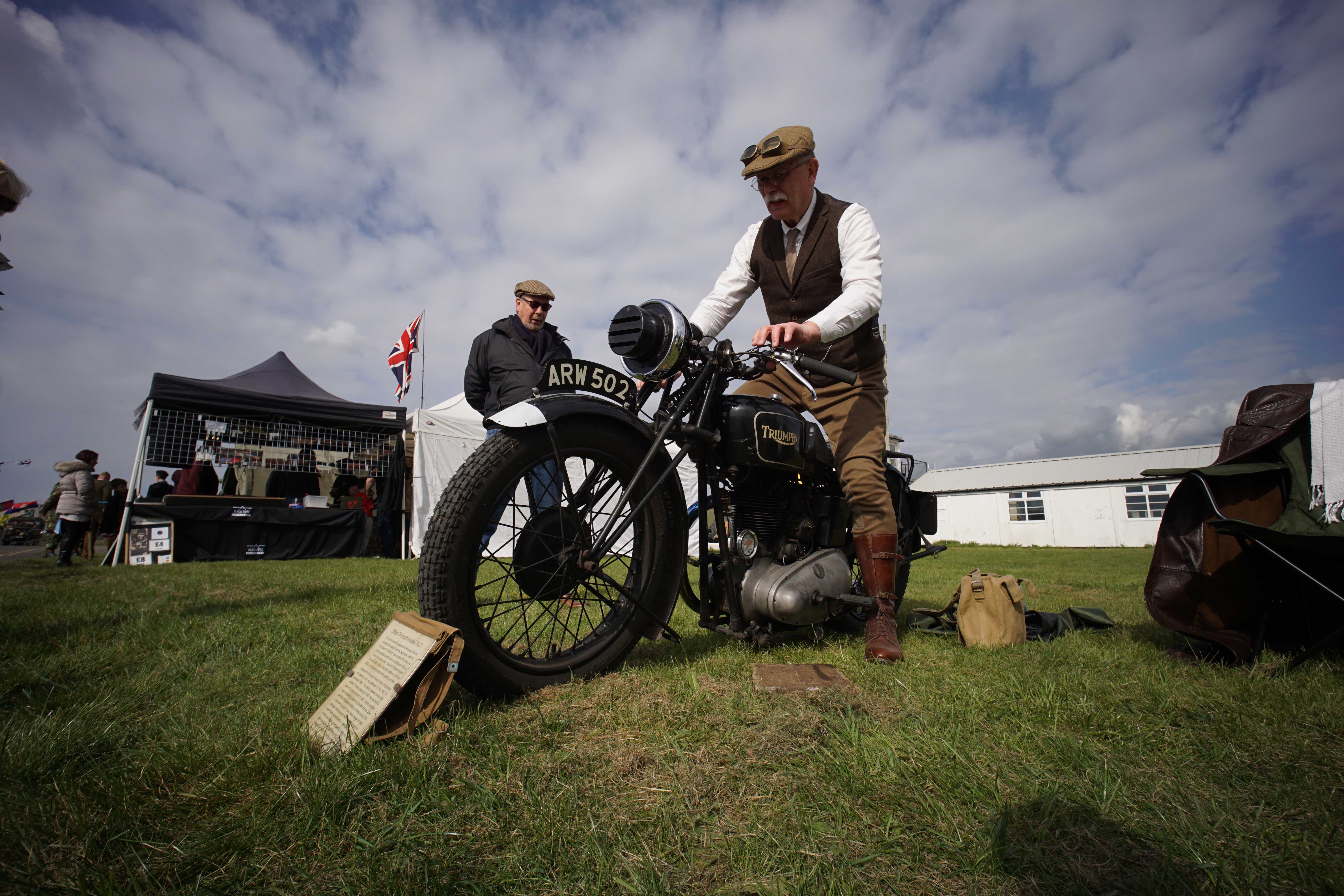
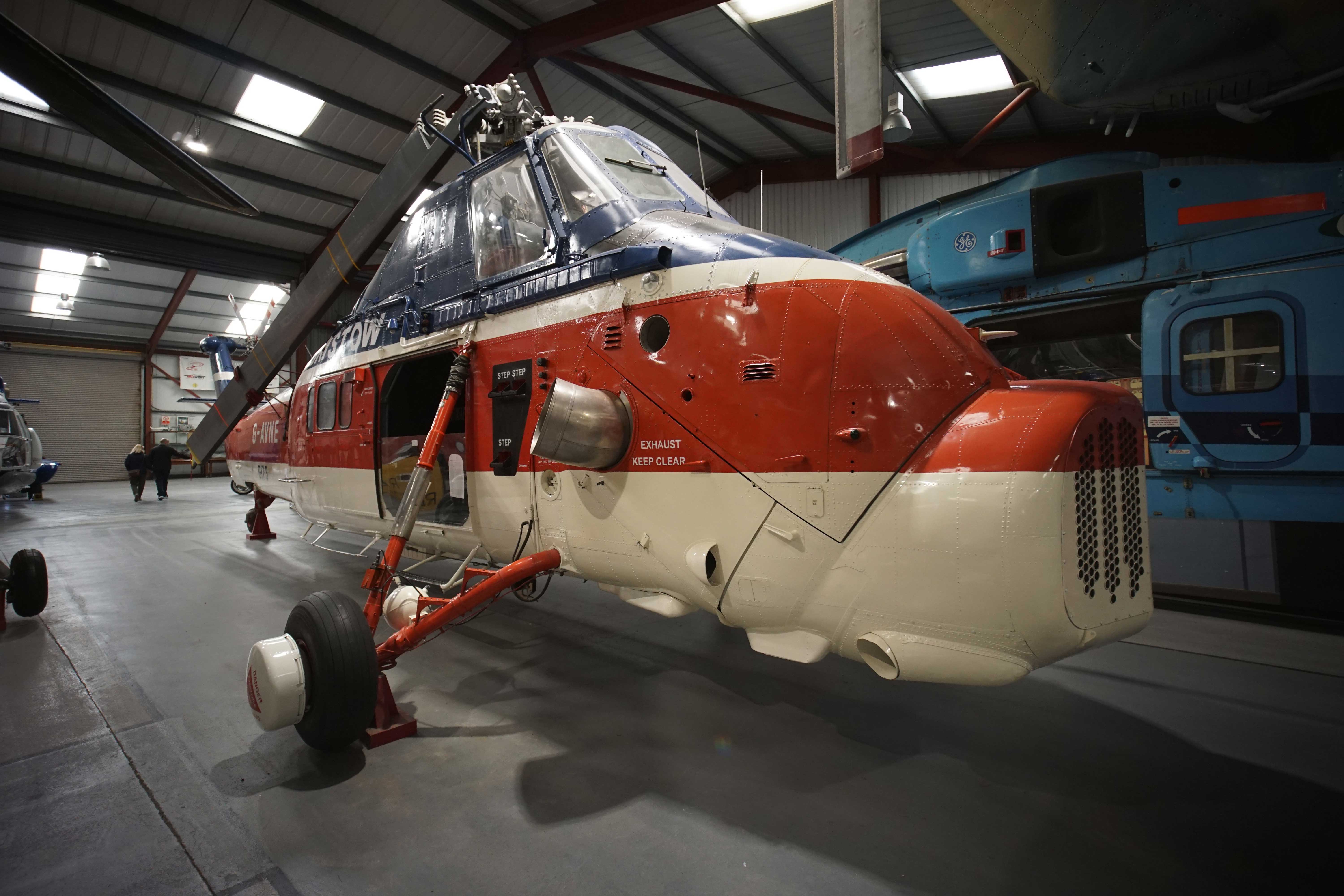
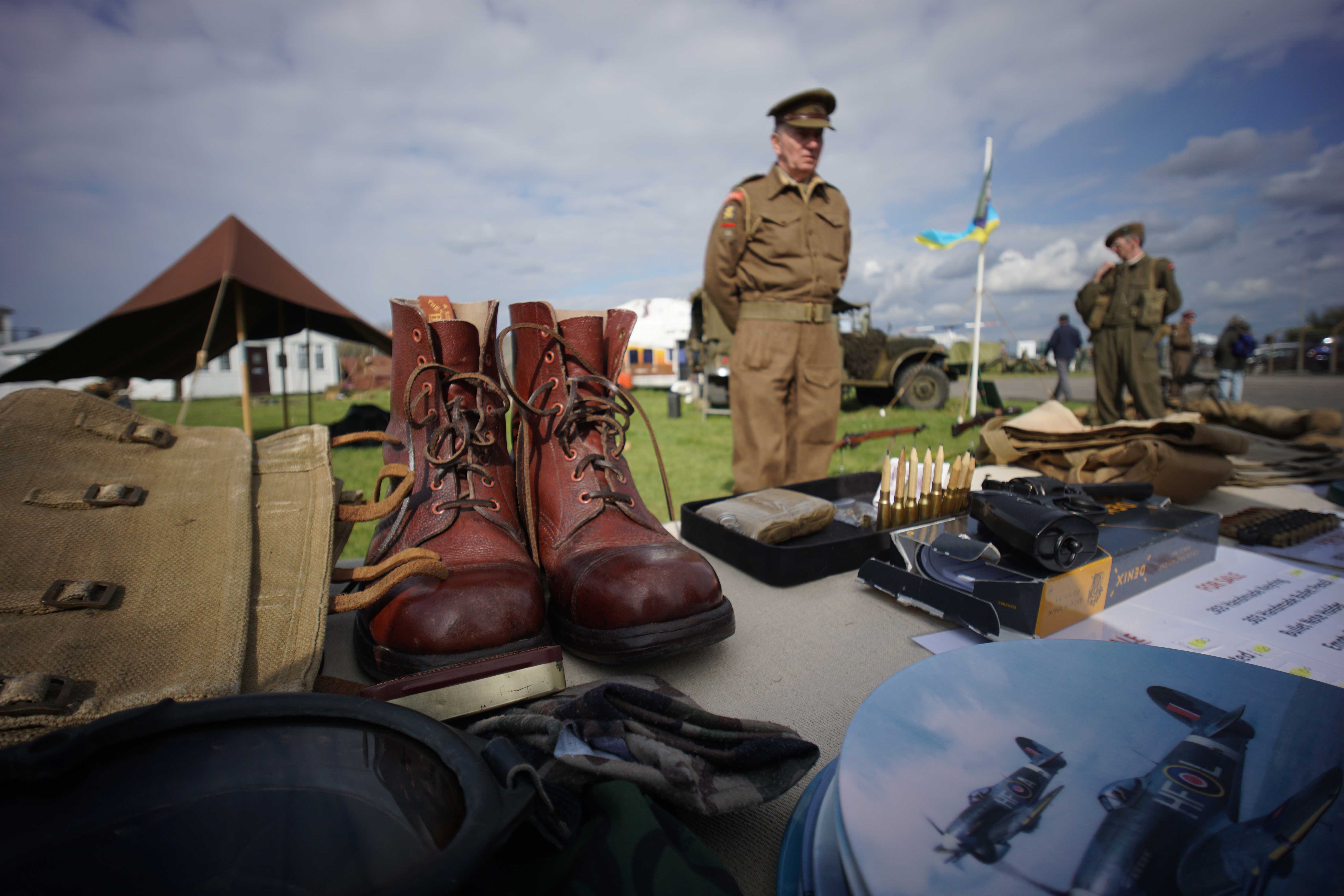
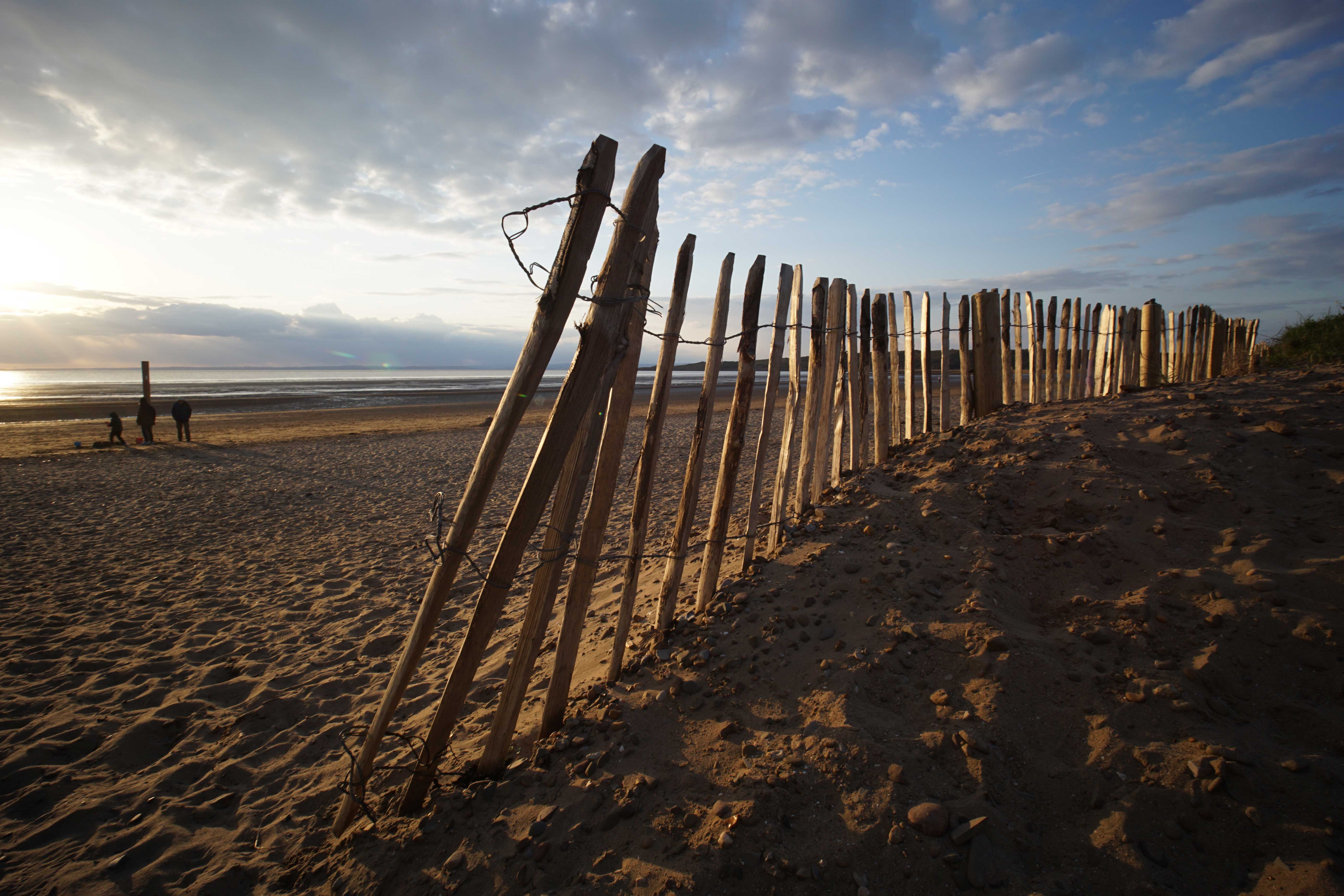
It’s in the performance arena that things take a bit of a downturn. Laowa is right to say that distortion is largely non-existent – which is an achievement in itself for a lens this wide – but doesn’t mention the vignetting, which is pretty formidable.
Vignetting sounds like it ought to be pretty easy to fix in software, but it can be harder than you might think to match the radius, falloff and strength of lens vignetting manually.
On top of that, while the center sharpness of this lens is very good, its resolving power does fall away considerably towards the edges of the frame.
Laowa also makes a 9mm f/2.8 APS-C lens, which is a little wider and considerably better than this one – and not a whole lot larger. It’s more expensive, but for us it’s worth it for the far better edge sharpness, less vignetting (though not much less, to be fair) and wider aperture.
Lab tests
We run a range of lab tests under controlled conditions, using the Imatest Master testing suite. Photos of test charts are taken across the range of apertures and zooms (where available), then analyzed for sharpness, distortion and chromatic aberrations.
We use Imatest SFR (spatial frequency response) charts and analysis software to plot lens resolution at the center of the image frame, corners and mid-point distances, across the range of aperture settings and, with zoom lenses, at four different focal lengths. The tests also measure distortion and color fringing (chromatic aberration).
Sharpness:
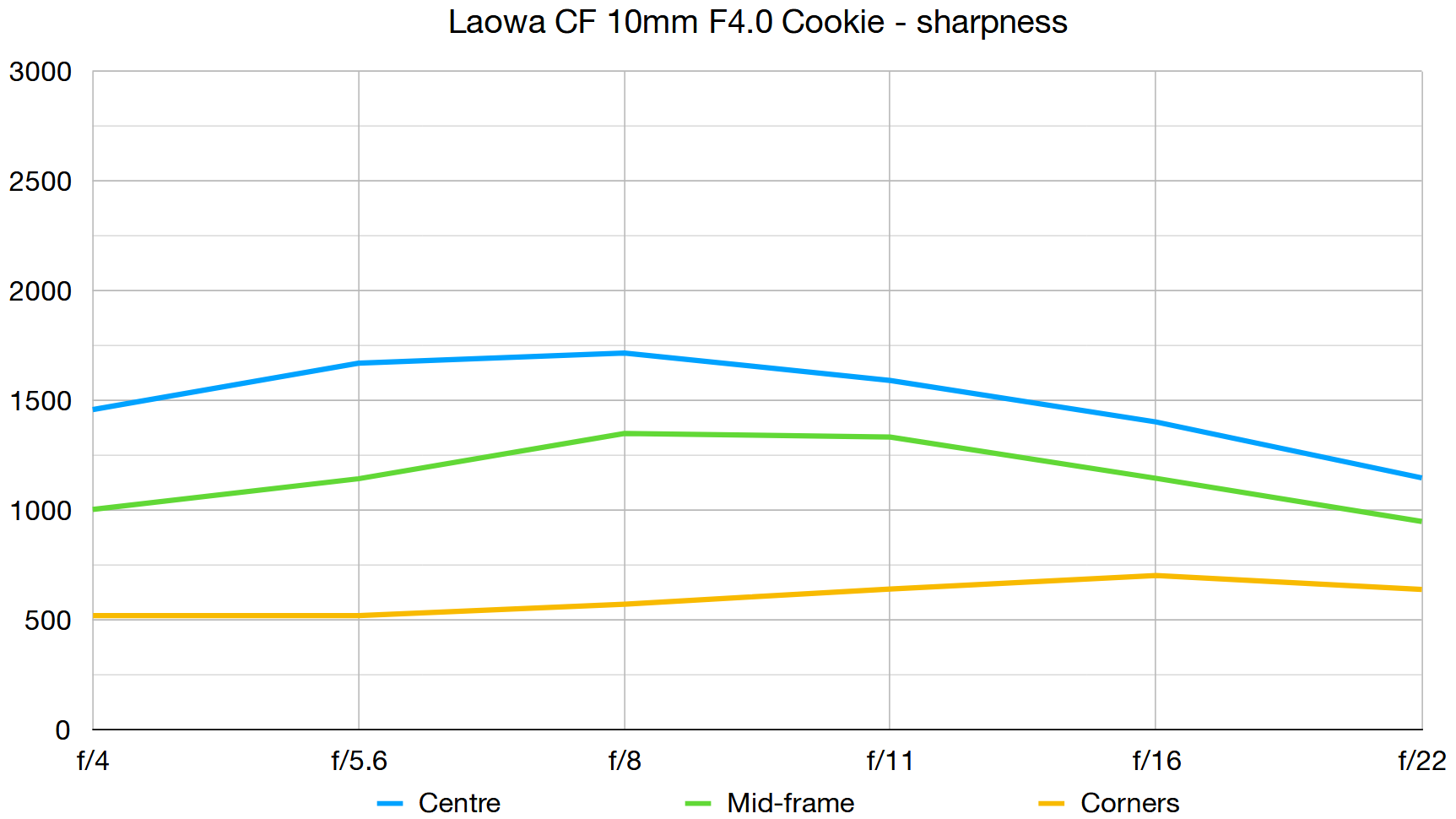
Center sharpness is good, though not that great, at all apertures. Corner sharpness is mediocre at best.
Fringing:
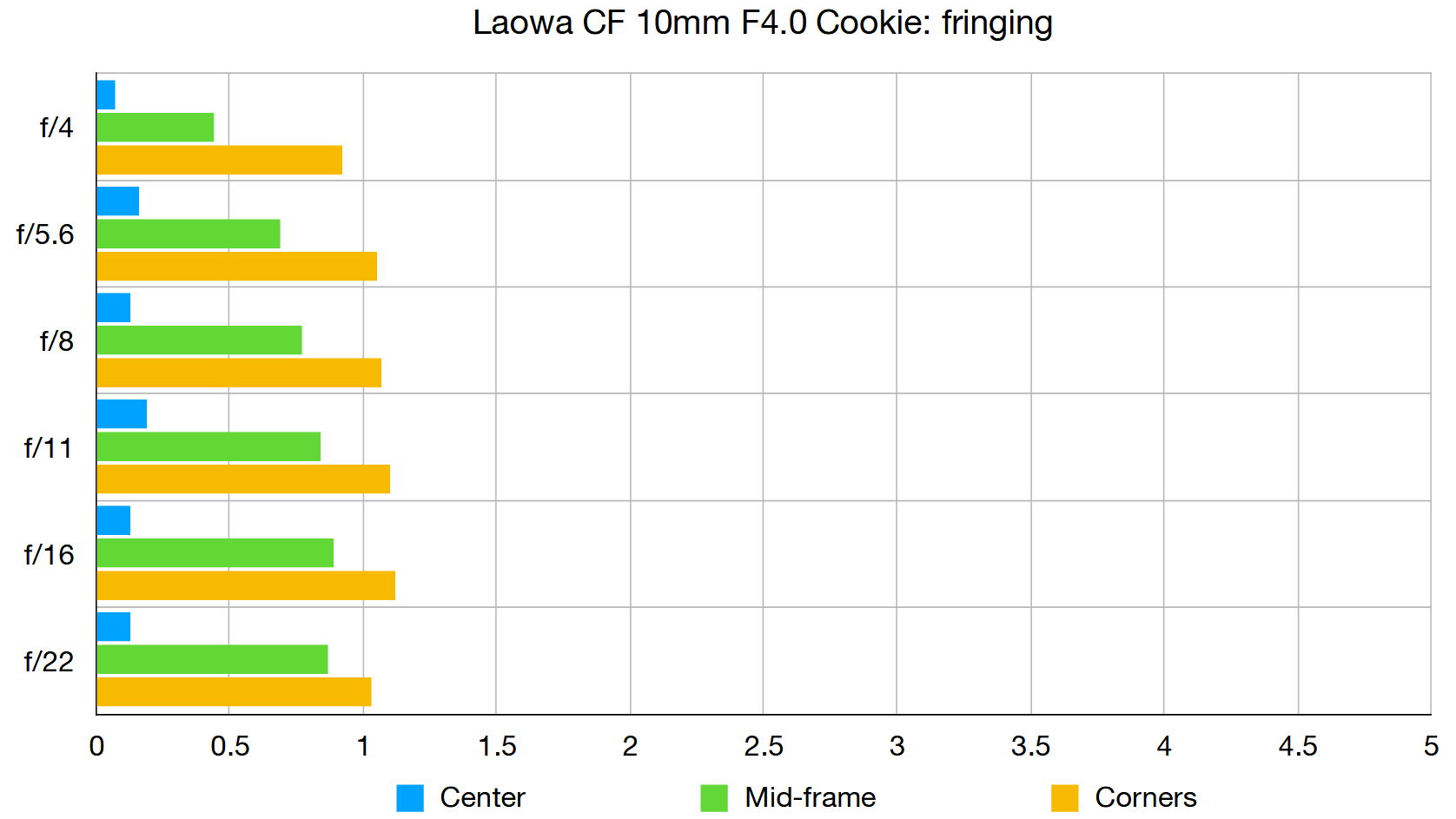
Color fringing is just about visible in the corners of frame, but it's not severe.
Distortion: -0.89
There's a small degree of barrel distortion, which might be apparent when shooting geometric subjects.
Verdict

The Laowa 10mm f/4 Cookie lens is endearing in its own way but it just doesn’t excel in any particular area. It’s small, but it’s no pancake lens. It’s cheaper than other equivalent primes, but still not cheap. It has almost no distortion, but other optical flaws which do undermine its appeal, and that f/4 maximum aperture means it’s not even very fast – quite the opposite in fact.
However, if you’d like to experiment with an affordable ultra-wide manual focus prime, this is a pretty good way to do it without a massive cash outlay. And if you own a Nikon Z DX camera or you’re on the list for an EOS R10 or R7 then, let’s face, it’s not as if you have (m)any ultra-wide APS-C lens choices anyway!
Read more:
• Best wide-angle lenses
• Best Sony A6000 lenses
• Best Nikon Z lenses
• Best Canon RF lenses

Rod is an independent photography journalist and editor, and a long-standing Digital Camera World contributor, having previously worked as DCW's Group Reviews editor. Before that he has been technique editor on N-Photo, Head of Testing for the photography division and Camera Channel editor on TechRadar, as well as contributing to many other publications. He has been writing about photography technique, photo editing and digital cameras since they first appeared, and before that began his career writing about film photography. He has used and reviewed practically every interchangeable lens camera launched in the past 20 years, from entry-level DSLRs to medium format cameras, together with lenses, tripods, gimbals, light meters, camera bags and more. Rod has his own camera gear blog at fotovolo.com but also writes about photo-editing applications and techniques at lifeafterphotoshop.com

